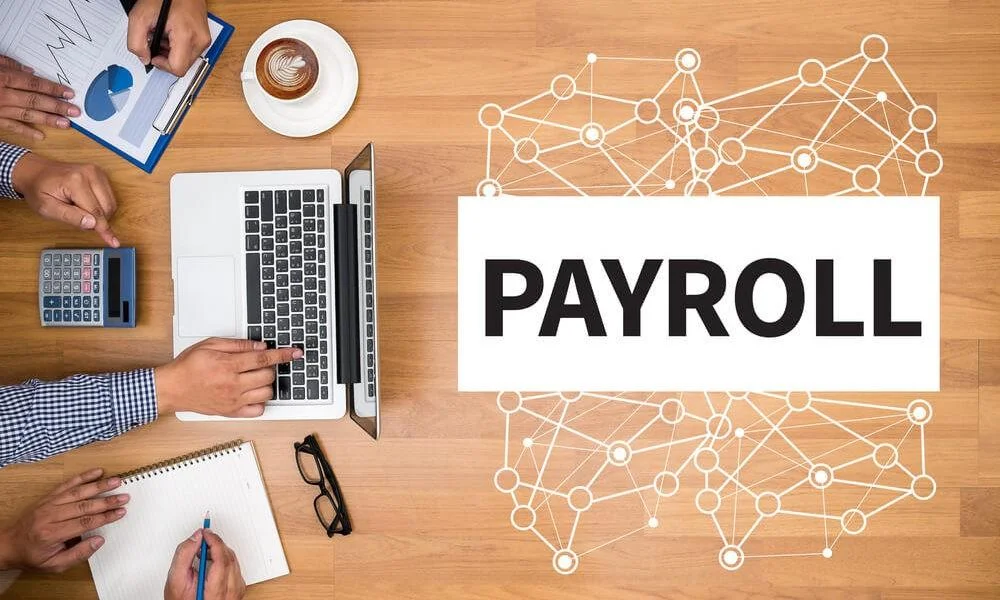Managing payroll is a critical task for any business, but in Singapore, where compliance with local regulations is paramount, having the right payroll software is essential. Payroll software tailored to Singapore’s unique requirements can save time, reduce errors, and ensure compliance with government regulations.
Here are the key features that payroll software should offer for businesses operating in Singapore.
1. Compliance with Singapore’s Payroll Regulations
Singapore has specific payroll regulations that businesses must adhere to, including statutory contributions, tax filings, and employee benefits. Payroll software designed for Singapore businesses should ensure full compliance with these regulations.
- Central Provident Fund (CPF) Calculations: The software should automatically calculate CPF contributions for employees and employers, ensuring accurate deductions based on the employee’s age, wage, and residency status.
- Income Tax Filing (IR8A, IR21): Payroll software should generate necessary tax forms, such as IR8A (annual income tax return) and IR21 (tax clearance for foreign employees leaving Singapore), and support electronic filing with the Inland Revenue Authority of Singapore (IRAS).
- Skills Development Levy (SDL) and Other Contributions: The software should also calculate and manage SDL, Foreign Worker Levy (FWL), and other statutory contributions as required by Singapore law.
2. Automated Salary Calculations
Automation of salary calculations is a fundamental feature of payroll software. It ensures that employees are paid accurately and on time, with all necessary deductions and allowances correctly applied.
- Overtime and Allowances: The software should handle different pay structures, including overtime, shift allowances, bonuses, and commissions, automatically calculating these based on preset rules.
- Deductions: Besides statutory deductions, the software should manage other deductions, such as loans, advances, or employee benefits, ensuring they are correctly applied to each payroll cycle.
3. Multi-Currency Support
Singapore is a global business hub, and many companies deal with multi-currency transactions. Payroll software should be able to handle payments in various currencies, especially if the business employs expatriates or has international operations.
- Currency Conversion: The software should include real-time currency conversion features to accurately calculate payroll in different currencies and ensure employees receive the correct amounts.
- Multi-Country Payroll: For businesses with operations in multiple countries, the software should support payroll processing in different countries while complying with local regulations.

4. Integration with Accounting Systems
Seamless integration with accounting software is crucial for streamlining financial management. Payroll software Singapore should be able to integrate with popular accounting systems such as Million, Xero, QuickBooks, or MYOB.
- Automated Journal Entries: The software should automatically create and post payroll-related journal entries to the accounting system, ensuring that payroll expenses are accurately recorded in the company’s financial statements.
- Expense Management: Integration with expense management systems allows for smoother processing of employee reimbursements and other payroll-related expenses.
5. Employee Self-Service Portal
An employee self-service portal is a valuable feature that empowers employees to manage their own payroll-related tasks. This not only improves efficiency but also enhances the employee experience.
- Payslip Access: Employees should be able to view and download their payslips securely through the portal, reducing the need for HR to handle these requests manually.
- Leave Management: The portal should integrate with leave management systems, allowing employees to apply for leave, check leave balances, and see their leave history.
- Personal Information Management: Employees should be able to update their personal information, such as bank details or contact information, directly in the system.
6. Leave and Attendance Management
Effective leave and attendance management is essential for accurate payroll processing. Payroll software should include features that track employee attendance, manage leave balances, and integrate with the payroll system to ensure correct salary payments.
- Automated Leave Calculations: The software should calculate leave entitlements based on company policies and Singapore’s Employment Act, ensuring that leave taken is accurately reflected in payroll.
- Attendance Tracking: Integration with time-tracking systems allows for automated attendance management, ensuring that any absences, late arrivals, or overtime are correctly accounted for in payroll.
7. Detailed Reporting and Analytics
Access to detailed reporting and analytics is vital for business decision-making. Payroll software should offer a range of reports that provide insights into payroll expenses, employee costs, and statutory compliance.
- Customisable Reports: The software should allow businesses to generate custom reports based on specific criteria, such as department, job role, or period, to analyse payroll data effectively.
- Statutory Reporting: Automatic generation of statutory reports required by Singaporean authorities, such as CPF reports and IRAS tax filings, ensures that the business remains compliant.
8. Scalability
As your business grows, so do your payroll needs. Payroll software should be scalable, able to handle an increasing number of employees and adapt to changing business requirements.
- Support for Multiple Locations: The software should support payroll processing for businesses with multiple locations, ensuring that all employees are paid accurately regardless of where they are based.
- Flexibility to Add Features: As the business expands, the software should offer the flexibility to add new features or modules, such as advanced HR management or performance tracking, without needing to switch systems.
9. Data Security
Payroll data is highly sensitive, and securing this information is paramount. Payroll software should include robust security features to protect against data breaches and unauthorised access.
- Encryption: The software should use encryption to protect payroll data, both at rest and in transit, ensuring that employee information remains secure.
- Access Controls: Role-based access controls allow businesses to restrict access to payroll information, ensuring that only authorised personnel can view or edit sensitive data.
10. Local Support and Updates
Having access to local support and regular software updates is essential for keeping the system running smoothly and staying compliant with the latest regulations.
- Local Customer Support: Access to local customer support ensures that any issues or queries can be resolved quickly, reducing downtime and ensuring that payroll runs smoothly.
- Regular Updates: The software provider should offer regular updates to keep the system compliant with any changes in Singapore’s payroll regulations and tax laws.
Conclusion
Implementing the right payroll software is crucial for businesses operating in Singapore. Ensuring compliance with local regulations, automating payroll processes, and offering robust features like multi-currency support, employee self-service, and detailed reporting, payroll software can significantly improve the efficiency and accuracy of payroll management.
If you’re a small business or a large enterprise, investing in payroll software with these key features will help you streamline your operations and focus on growing your business.




